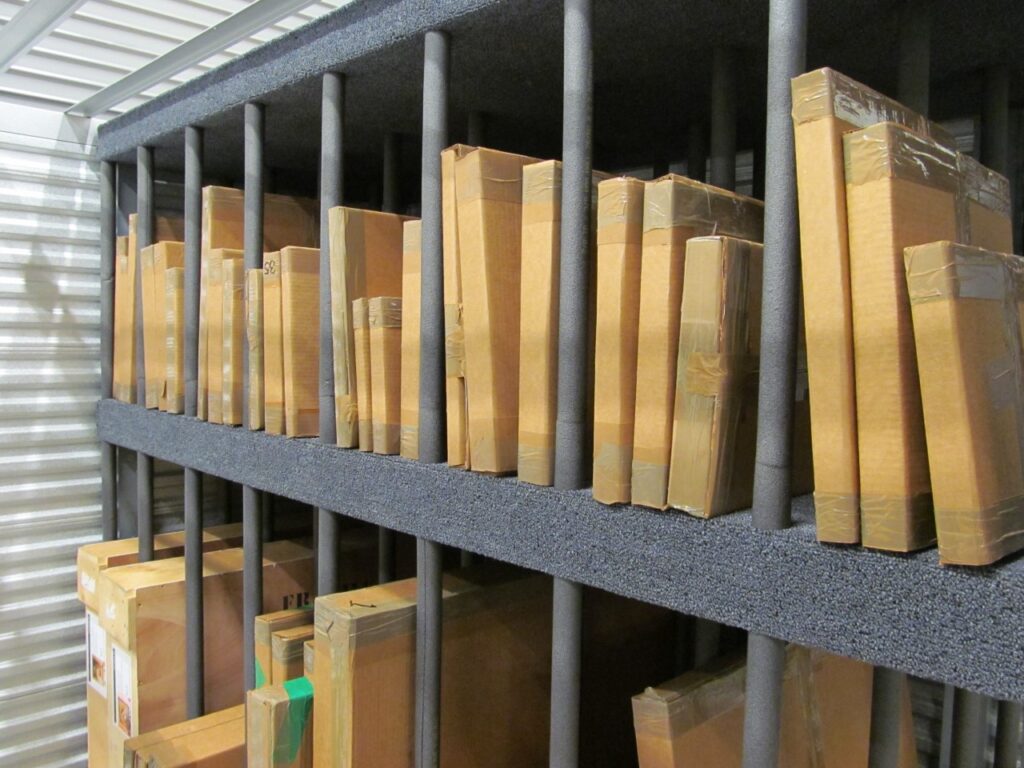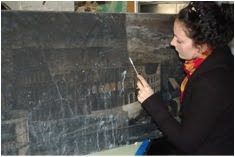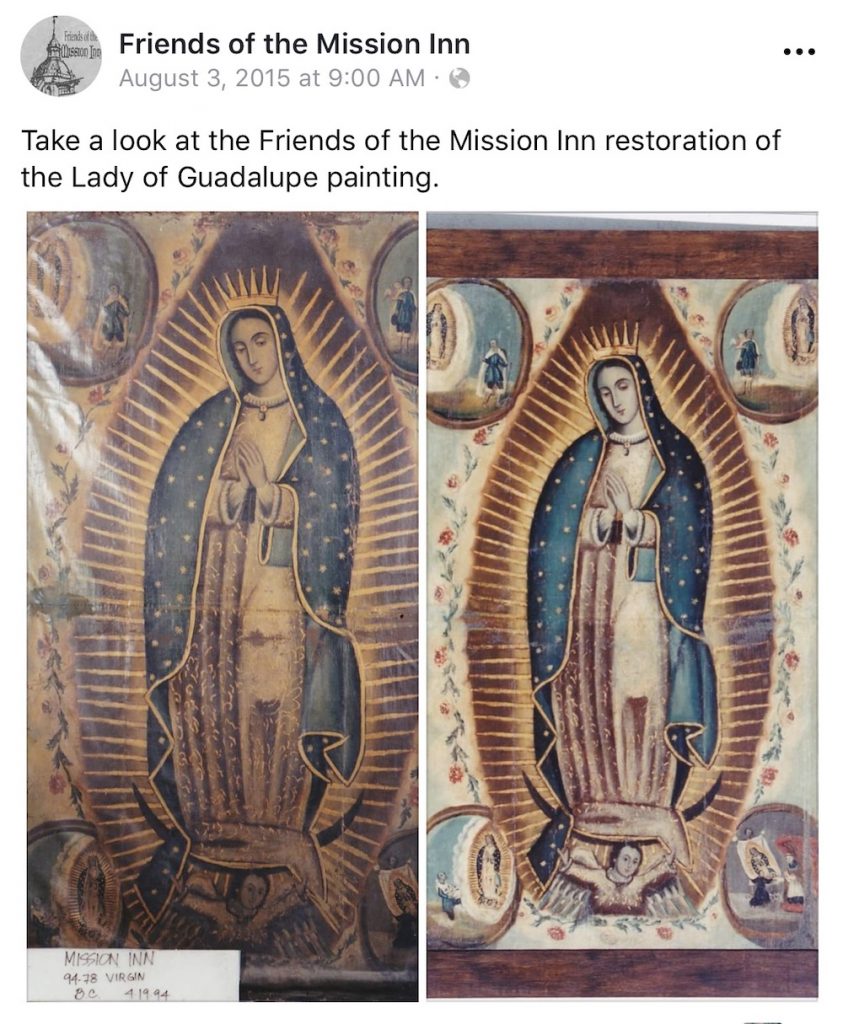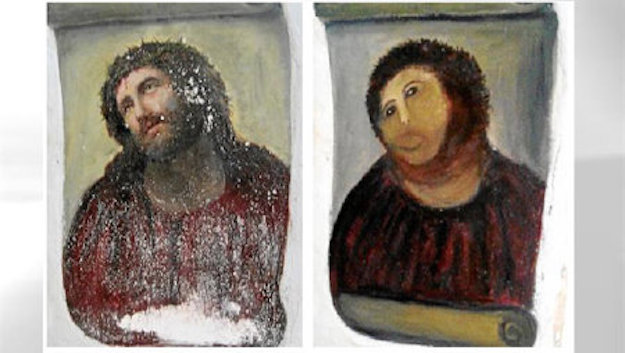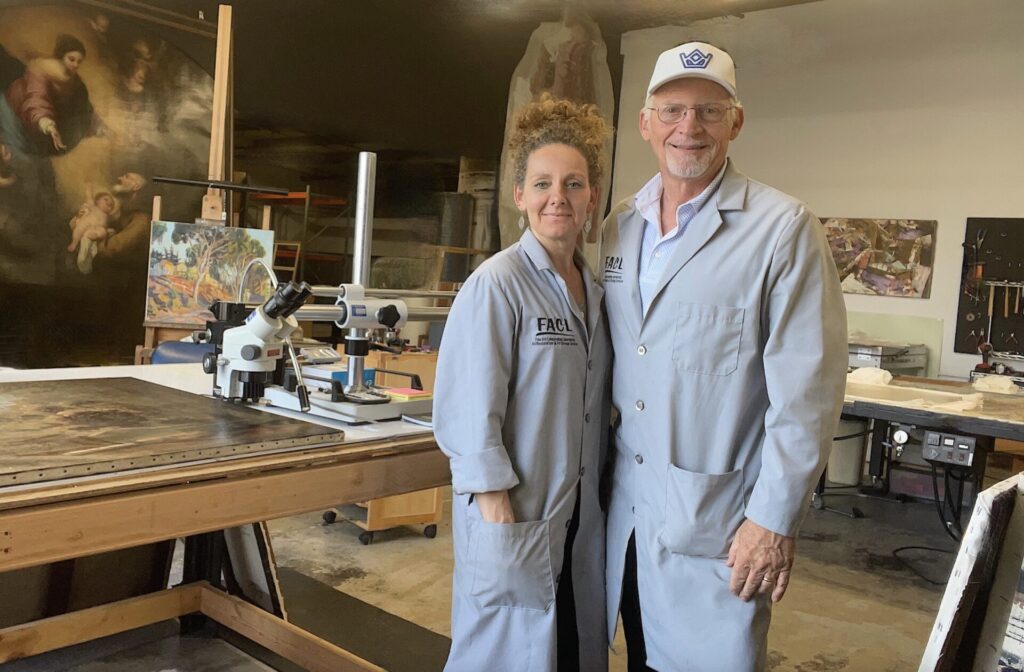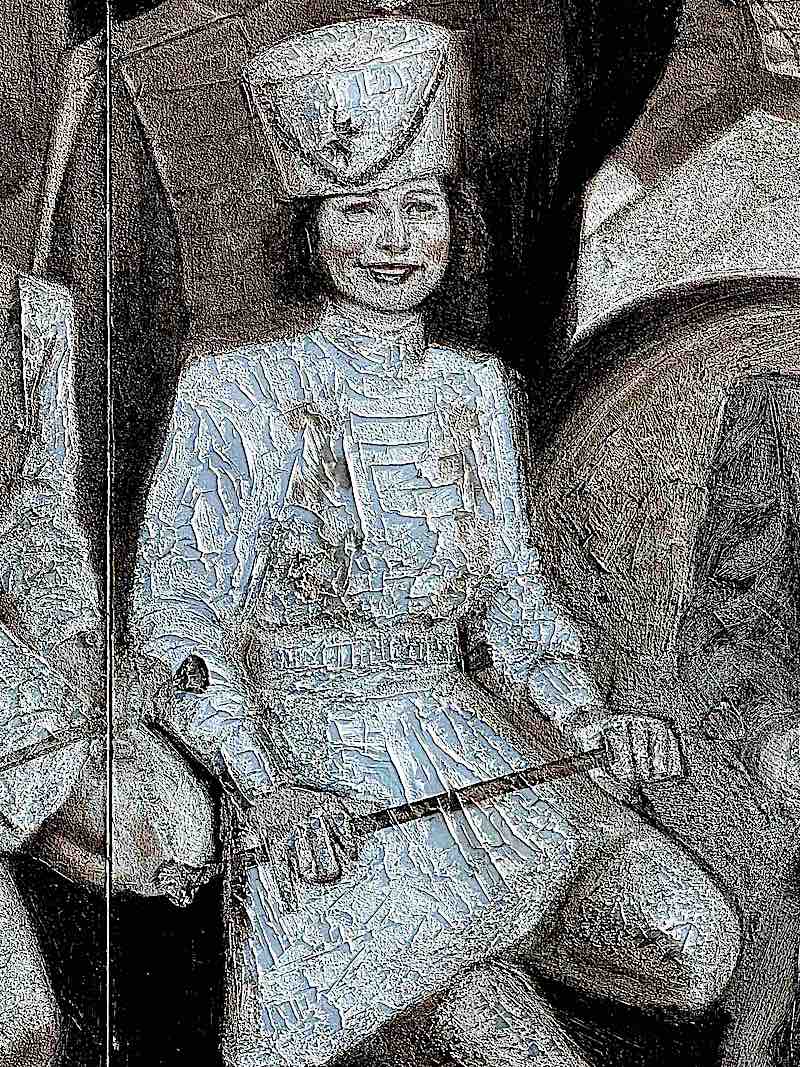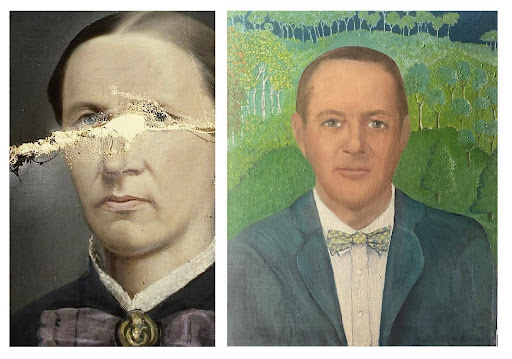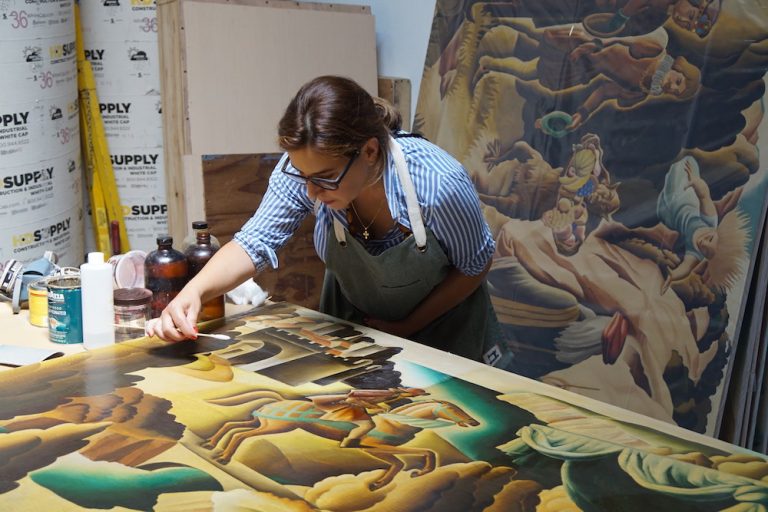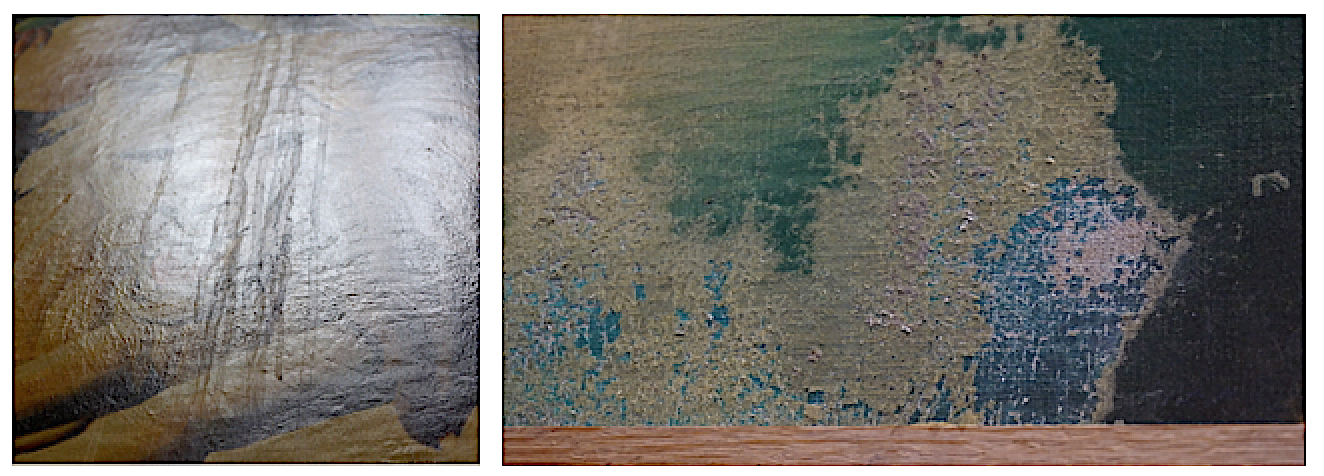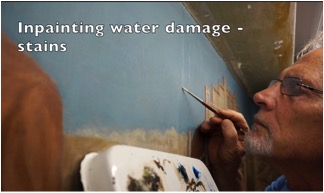Are you concerned about flooding's impact on your art collection? This article will give you the tools that you need to deal with water-damaged paintings and art and prevention. With torrential rains affecting areas like Los Angeles, Orange County, and Santa Barbara, safeguarding your prized paintings is crucial. From cherished family heirlooms to valuable masterpieces, water damage poses a significant threat. Here's how to protect your collection:
Understanding the Risk:
Torrential rains heighten the risk of water damage. Floodwaters can seep into homes, harming paintings whether displayed or stored. Recognize flooding's dangers and take proactive steps to safeguard your collection.
Assessing Vulnerabilities:
Identify areas prone to water intrusion, like basements or ground-level rooms. Look for signs of water damage, such as dampness or mold growth. Understanding vulnerabilities helps develop mitigation strategies.
Implementing Protective Measures:
Install drainage systems and seal windows and doors to direct water away. Consider flood barriers or sandbags for protection. Elevate artwork or store it in waterproof containers to minimize exposure.
Maintaining Climate Control:
Stabilize indoor humidity to prevent moisture buildup and mold growth. Consult a professional conservator for ideal storage conditions. Use dehumidifiers and air conditioning to regulate humidity and ensure proper ventilation.
Seeking Professional Assistance:
In case of water damage, seek help from professional conservators like Scott M. Haskins at FACL, Inc. Their expertise in restoration can salvage and preserve artwork. Act quickly to assess damage, remove moisture, and treat affected pieces.
With proactive measures and professional assistance, you can minimize the risk of water damage to your artwork. Protect your collection from floods and rains to preserve its beauty and value for future generations. Remember, prevention is key to safeguarding your cherished artworks.
Has the Rain Already Damaged Your Paintings? We Can Help with an Insurance Claim!
Fine Art Conservation Laboratories’ 45 years of expertise in preserving and restoring art offers invaluable help and practical knowledge for helping people through the insurance claim process for damaged collectibles and art pieces. Our experienced team understands the complexities of insurance claims related to art, heirlooms, and antiques, providing reports that are properly prepared with information that the insurance company never puts in doubt. Fine Art Conservation Laboratories charges flat fees for this work, not a percentage of the claim settlement, and our expertise is honored nationwide. Let us help make the art, heirloom, and collectible part of the insurance claim process as seamless as possible and preserve your peace of mind.
This blog post has been syndicated at ExpertClick.com. What does it mean that this article is “ syndicated”?
It’s a bit of a coup to get an article syndicated, and its certainly prestigious, as additional “proof” that the info and the author are considered far and wide authoritative and an expert in the field. So, enjoy and trust our content!! This article was syndicated for USA national redistribution.
When something is published, usually by a news source, and is made available through different venues for redistribution then it is said to be syndicated. Publications that are syndicated are usually considered of value as being from an expert, educational, new worthy, or valuable for wide popular interest. See the syndication page at the renowned publicity site: https://www.expertclick.com/NRWire/
This website’s syndication included:
1) Included in the ExpertClick Press Room as a ‘press release.’ (different than a ‘news release’)
2) Included in the ‘Speaker Bureau Platform Page.’
3) Shown on the front page of ExpertClick, in rotation with other most recent posts.
4) Shown in the ‘News Release Results page.’
5) Included on optimized for searches on all my topics of expertise.
6) Shown via RSS linked from the Press Room. (A specific way news is actively distributed within the industry)
7) Shown in the full RSS feed from ExpertClick. (Another, different specific way news is actively distributed within the industry)
8) Syndicated to LexisNexis.com As of 2006, the company had the world’s largest electronic database for legal and public-records related information, distributor of academic content and expert opinion.
This article has been syndicated at https://www.expertclick.com/NRWire/

